Hey there, art adventurers! Buckle up because we’re diving into the whirlwind of Realism to Impressionism, a time when painters decided that life was too sharp and decided to smudge it a bit — artistically, of course.
When Was This Period?
So, we’re talking mid-19th to late-19th century here, folks. Realism kicked off around the 1850s, basically saying, “Enough with the drama, let’s paint the potato farmers as they are.” Then, Impressionism waltzed in around the 1870s, took one look at Realism, and said, “Nice, but what if we did it, but like, through a lens covered in Vaseline?”
Famous Works? You Bet!
- Realism: Gustave Courbet’s “The Stone Breakers” — Not exactly the rock stars you were thinking of, right? But these guys breaking rocks were the real deal in showing everyday life sans the glamour.
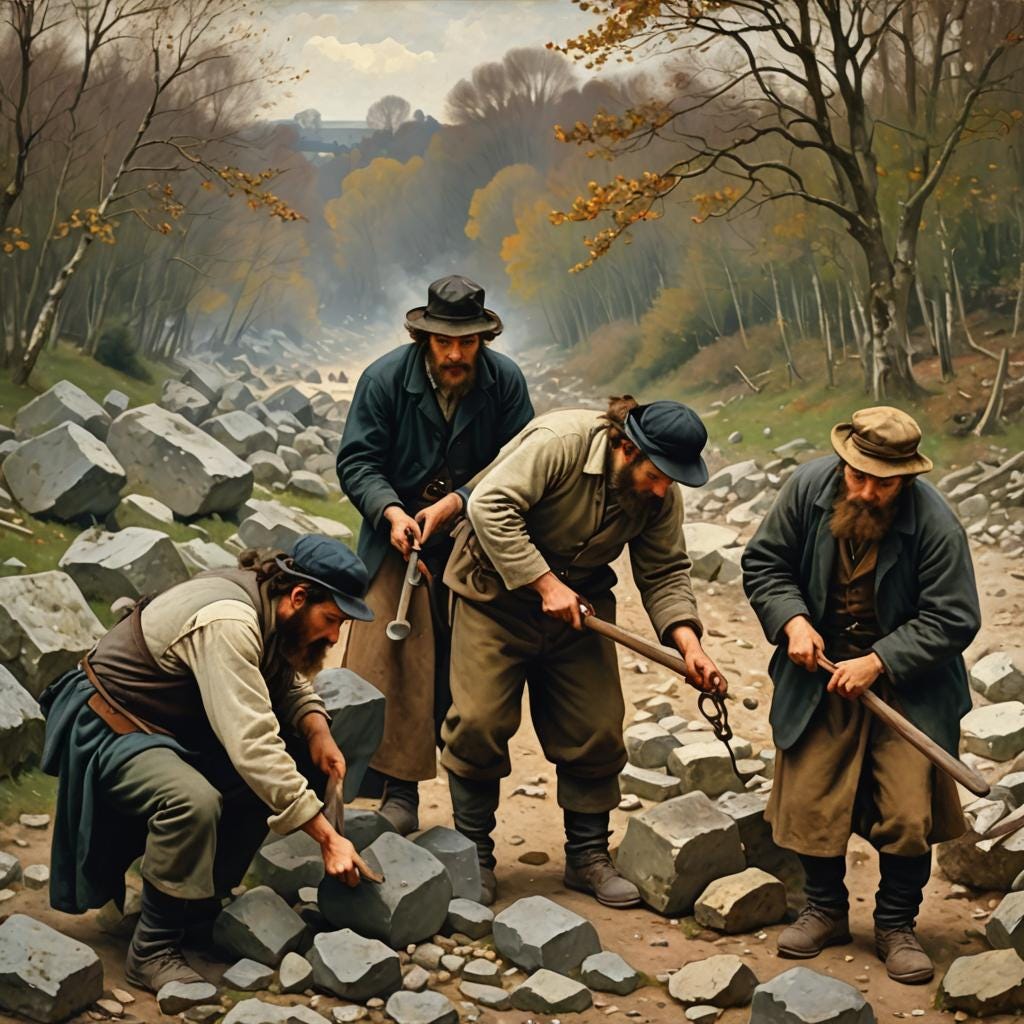
- Impressionism: Oh, where to start? How about Claude Monet’s “Impression, Sunrise”? This isn’t just a painting; it’s the painting that slapped a name on the whole movement. And let’s not forget Renoir’s “Dance at Le Moulin de la Galette,” where everyone looks like they’re having more fun than you’ve had all year.
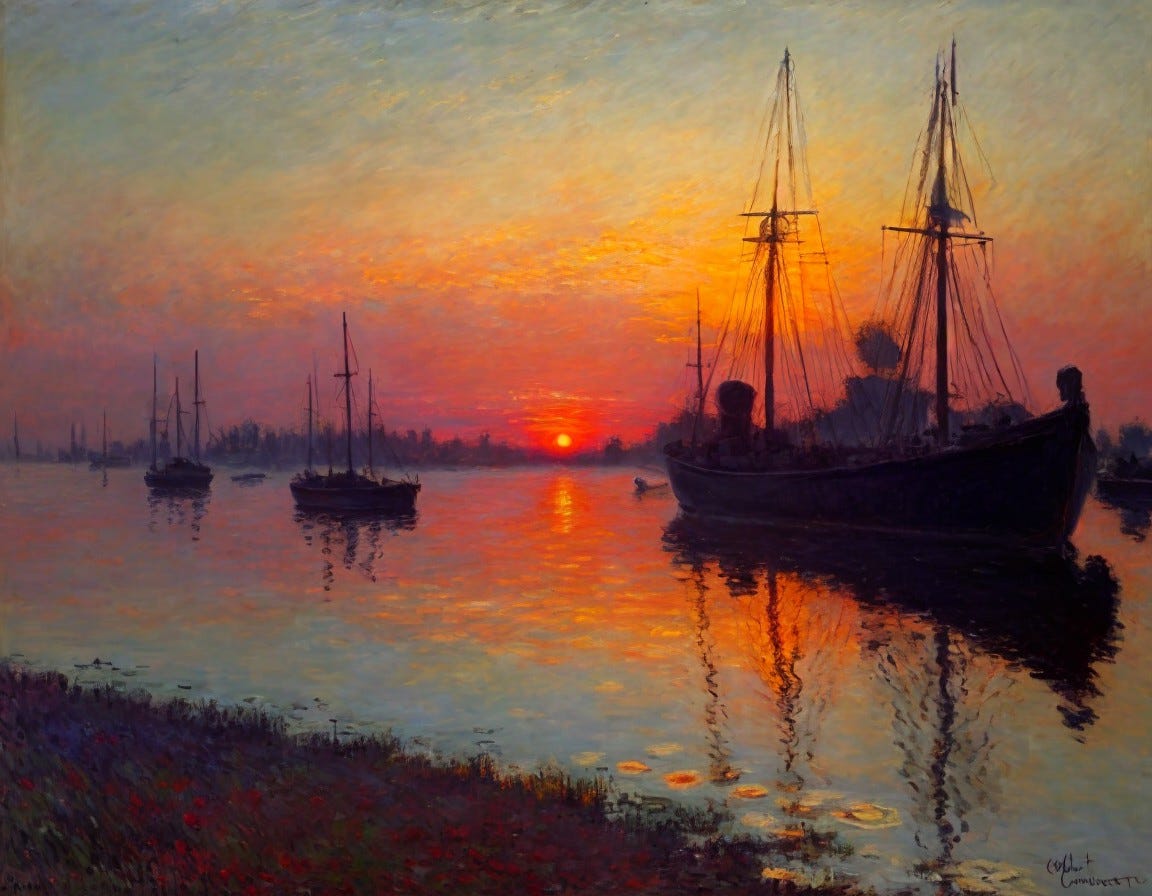
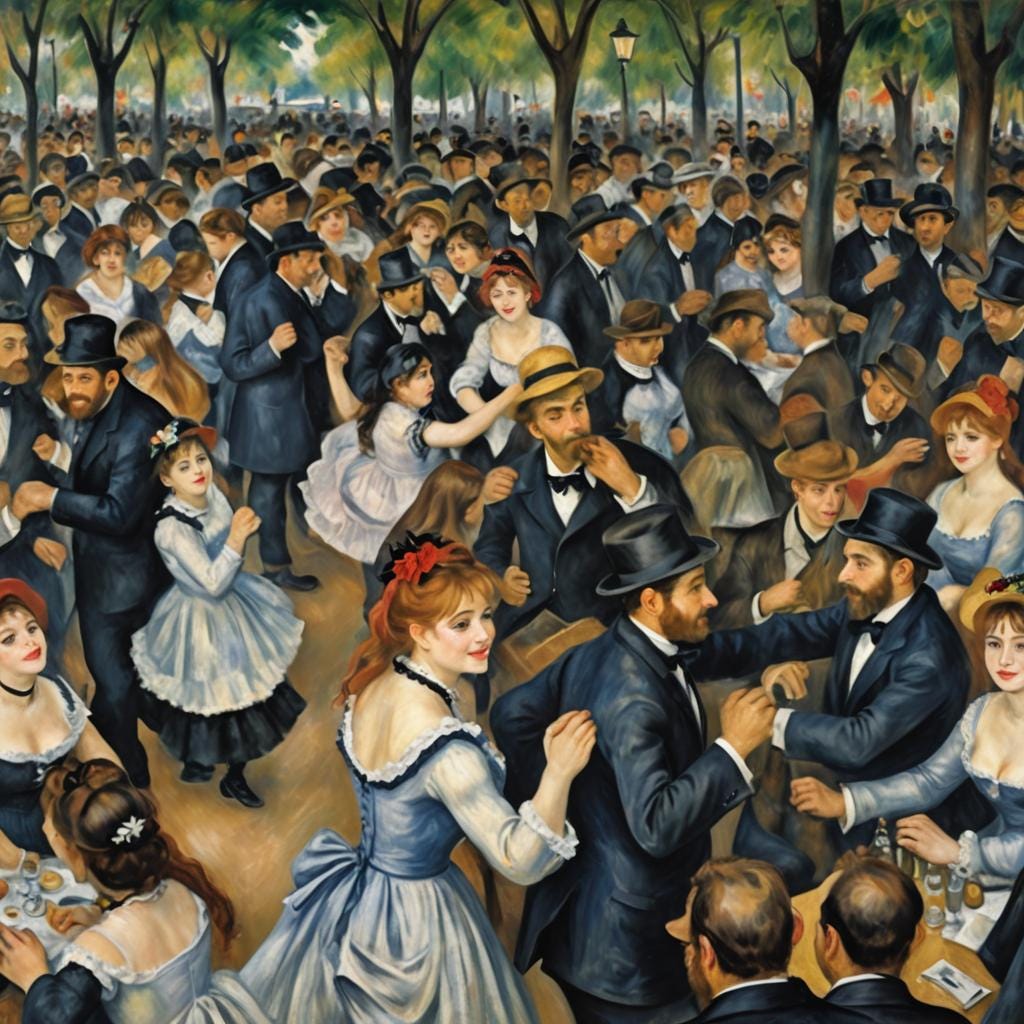
Interesting Tidbits? Oh, We’ve Got Plenty!
- Realism: This was the era where art got political. Courbet wasn’t just painting for kicks; he was making a statement about the working class. Realism was like the social media of its day, but instead of tweets, you had canvases ranting about society.
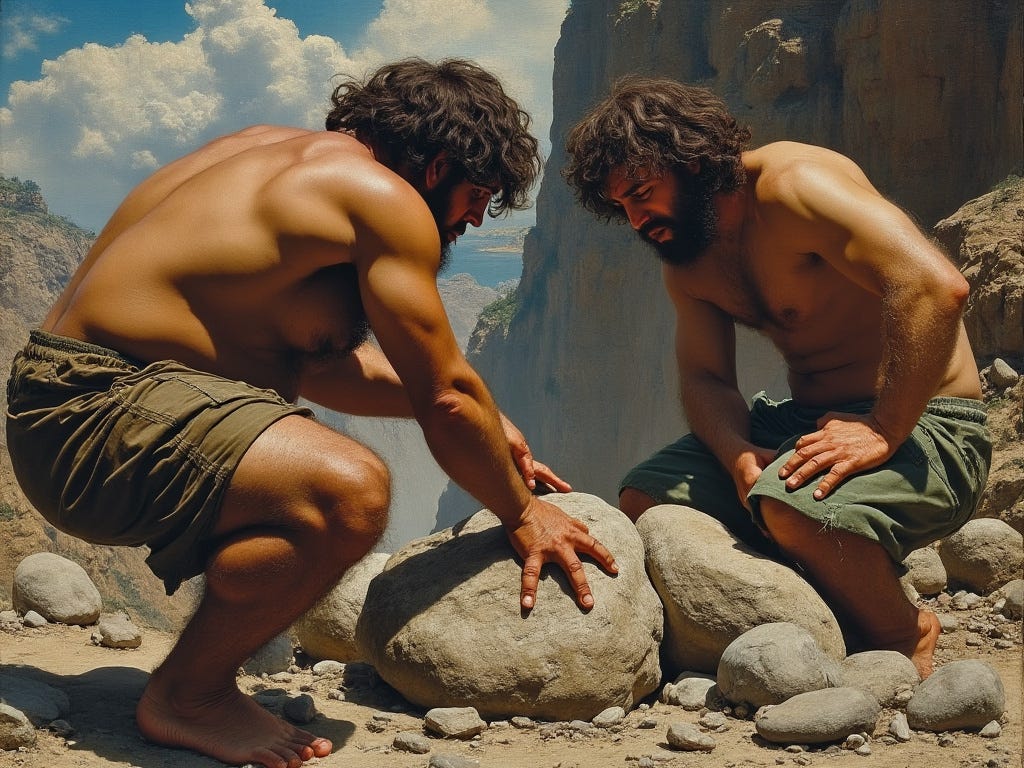
- Impressionism: Did you know these artists were the rebels of their time? The establishment thought their work looked unfinished, like they got bored halfway through. But that was the point! They were capturing light, atmosphere, and the moment, not creating a hyper-realistic portrayal. Plus, they loved painting en plein air, which is just fancy French for “outside,” leading to many a painter battling with sudden gusts of wind or curious livestock.
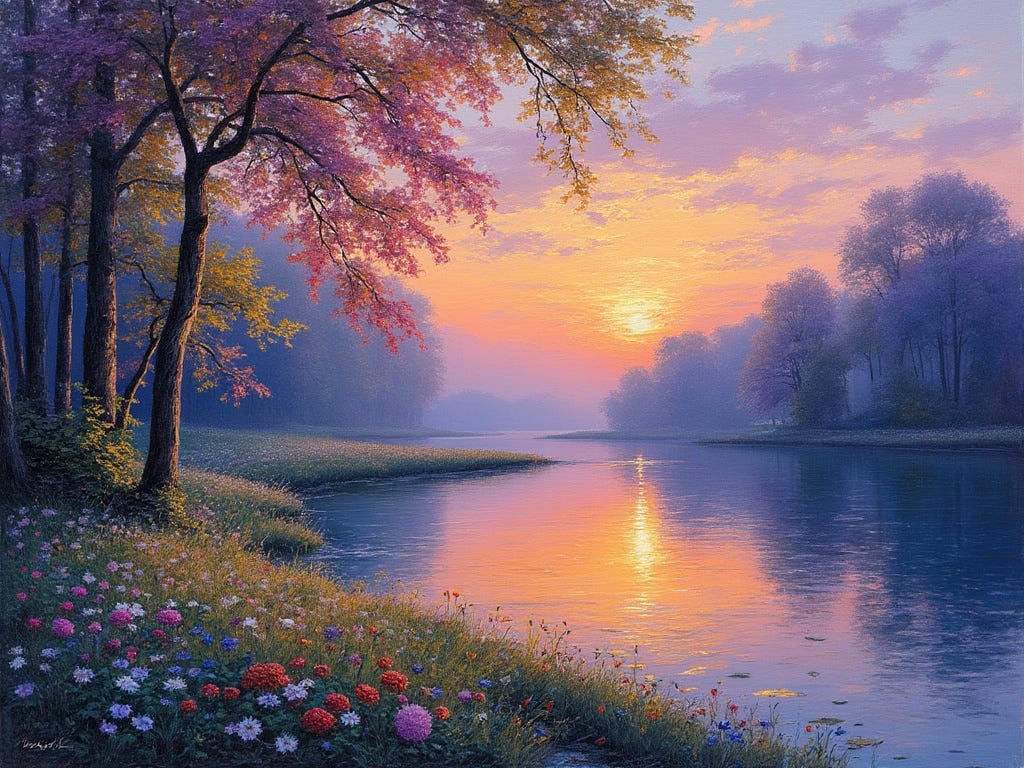
- Technique: Here’s a fun fact — Impressionists often painted with small, thin, yet visible brush strokes. They were like the pixel artists of their time, except their pixels were brushstrokes, and their screens were massive canvases that sometimes got rejected by art critics.
- The Salon Des Refusés: In 1863, when the official art exhibition, the Salon, rejected a bunch of works, Napoleon III was like, “Let them have their own show.” And voila, the Salon des Refusés was born, where many now-iconic Impressionist works first shocked the public.
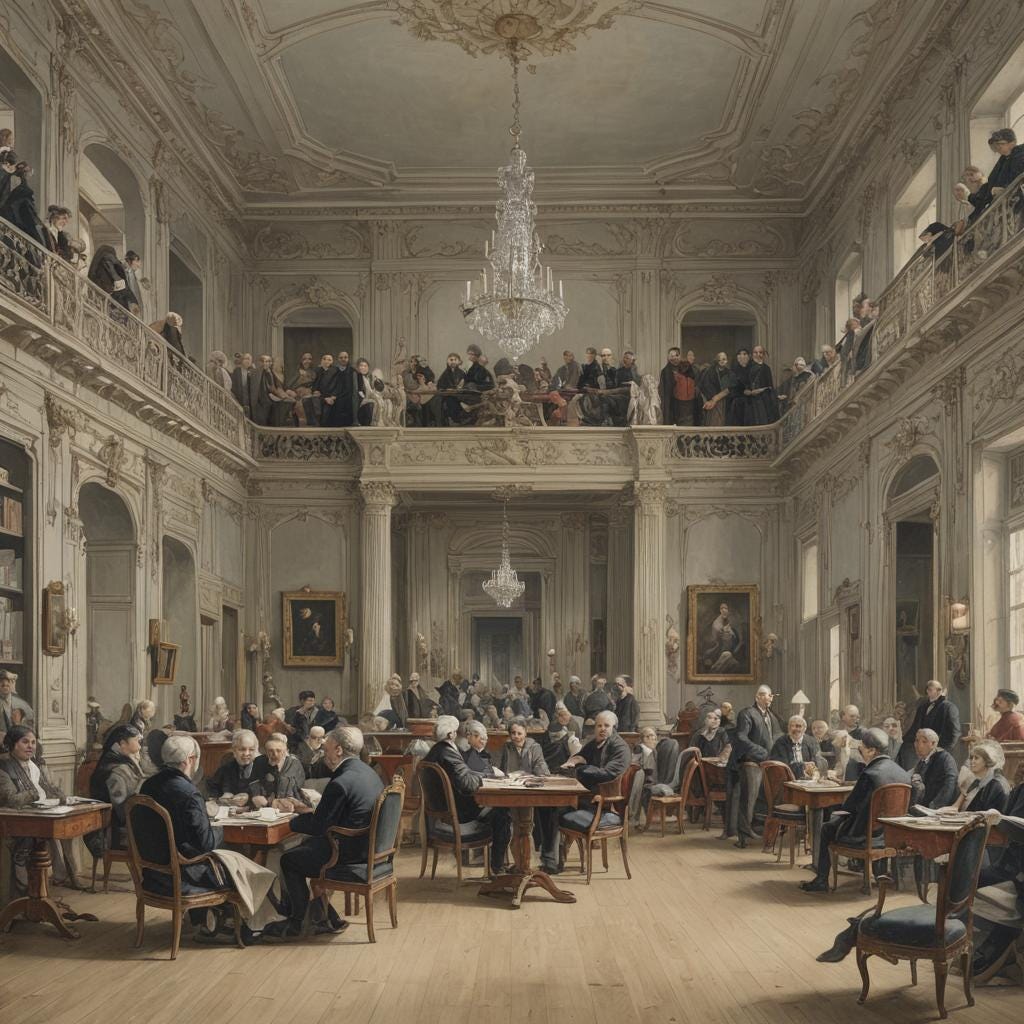
So, from Courbet’s gritty realism to Monet’s dreamy landscapes, this period was about looking at the world not just as it is, but as it feels. It’s like the artists decided to put on glasses that made everything a bit softer, a bit more magical, and infinitely more interesting.
Now, before you go, drop a comment below. What’s your take on these blurry masterpieces? Would you hang a Monet in your living room, or do you prefer your art with a bit more… clarity? Let’s get the chat as lively as a Parisian café at an art opening!